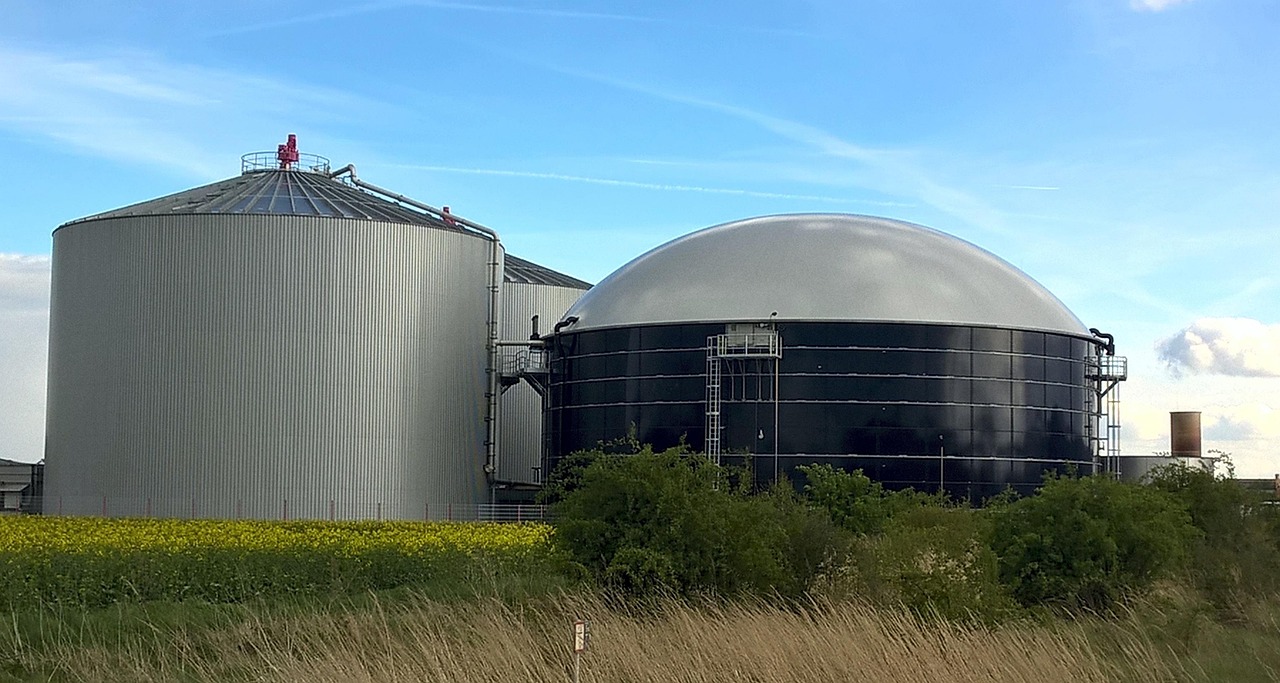As the global demand for sustainable energy continues to rise, biogas has become one of the most promising solutions. Modern biogas plants combine advanced technology with circular economy principles, converting organic waste into renewable energy while reducing greenhouse gas emissions. Beyond environmental benefits, these plants can also transform local communities by providing clean power, creating jobs, and supporting energy independence.
How Modern Biogas Plants Work
Biogas plants operate on the principle of anaerobic digestion – a natural process where microorganisms break down organic matter in the absence of oxygen. The key stages include:
- Feedstock collection
Raw materials such as agricultural residues, manure, food waste, or sewage sludge are collected and prepared for processing. - Anaerobic digestion
The feedstock is placed in airtight tanks (digesters), where bacteria decompose the material over several weeks. This produces biogas, which consists mainly of methane (CH₄) and carbon dioxide (CO₂). - Gas upgrading and use
The raw biogas can be burned directly in combined heat and power (CHP) units to produce electricity and heat. Alternatively, it can be upgraded to biomethane, a high-quality renewable gas suitable for injection into natural gas grids or use as vehicle fuel. - Digestate utilization
The by-product of the process, known as digestate, is rich in nutrients and can be used as an organic fertilizer, closing the loop in sustainable agriculture.
The Role in Local Energy Systems
Modern biogas plants offer multiple benefits at the community level:
- Energy self-sufficiency – Local grids and municipalities can reduce dependence on fossil fuels.
- Waste management solution – Organic waste is efficiently processed, preventing landfill emissions.
- Economic growth – Farmers, businesses, and municipalities can generate additional income streams.
- Grid stability – Unlike solar or wind power, biogas production is continuous, offering reliable baseload energy.
- Environmental protection – Lower methane emissions from manure management and reduced reliance on chemical fertilizers.
Challenges and Future Prospects
While biogas technology has matured, challenges remain:
- High initial investment costs.
- Feedstock logistics and competition with other uses.
- Regulatory barriers in some regions.
However, with supportive policies and technological innovation, biogas plants are expected to become a central element of decentralized and sustainable energy systems in the coming decades.
FAQ – Biogas Plants
1. What type of waste can be used in a biogas plant?
Agricultural residues, manure, food waste, sewage sludge, and certain industrial organic by-products are common feedstocks.
2. How much energy can a biogas plant produce?
The output depends on plant size and feedstock, but a medium-scale facility can supply electricity and heat for hundreds of households.
3. Is biogas production environmentally friendly?
Yes. It reduces methane emissions from unmanaged waste, replaces fossil fuels, and provides organic fertilizer, making it highly sustainable.
4. What happens to the by-products of the process?
The digestate can be applied to farmland as a nutrient-rich organic fertilizer, reducing the need for synthetic chemicals.
5. Can biogas plants operate in urban areas?
Yes, especially small to medium plants using food and municipal waste. They must, however, meet strict environmental and safety standards.

